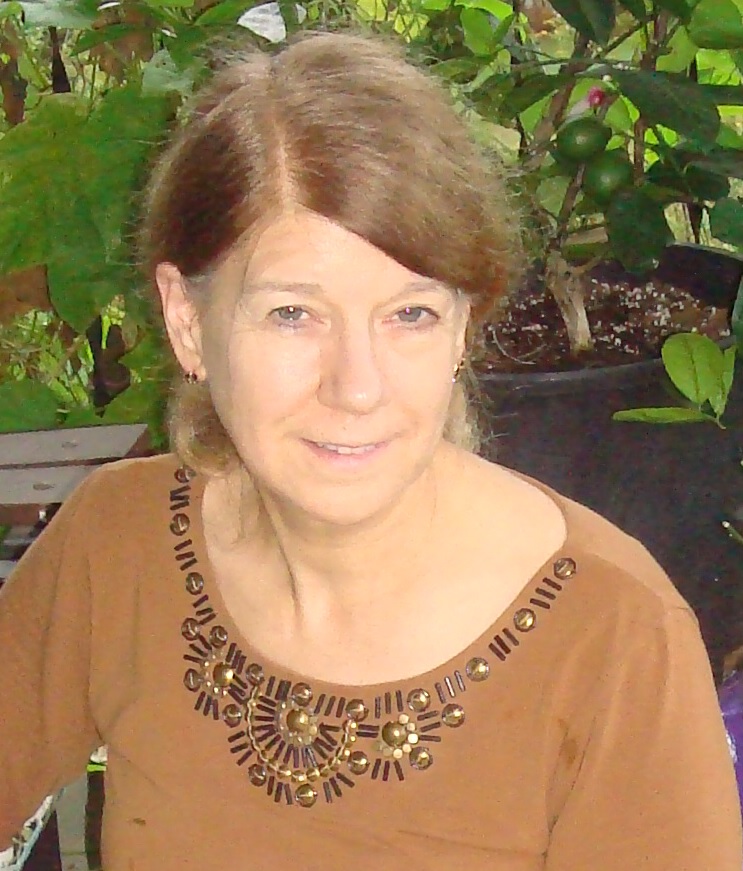Marcia Harrison-Pitaniello is a Professor of Biological Sciences at Marshall University. In this post, she shares her experience integrating Wikipedia-based assignments into two different biology courses.

I routinely teach writing intensive courses and am always interested in providing exercises that allow students to write for real audiences. When I first heard about Wiki Education at a plant physiology conference, I felt that a Wikipedia editing assignment would be a good fit for my courses. While I was eager to enroll my course, the biggest obstacle was that my fall course, Principles of Cell Biology, has over 70 students. I took the plunge and, now that I have two semesters’ worth of trials and errors, I can relate some of my successes and challenges in using these exercises in my different biology classes.
Principles of Cell Biology is a required core course for our majors. Students may enroll after completing the introductory sequence, but many have taken genetics, microbiology, or biochemistry. Therefore, the level of expertise varies quite a bit among the students. Additionally, peer-reviewed research articles in cell biology are very technical and difficult for undergraduate students.
Setting up the course was the easy part. The Wiki Education Dashboard is well organized and the tutorials are very helpful. The Dashboard’s assignment wizard suggested assigning a small addition per student when dealing with large number of students. This established a timeline where the students were assigned to review one article and make one addition. Allowing students to select and review an article relevant to the class showed me their interests. Most students completed the initial training modules and review assignment, which was a graded take-home assignment. However, even with Teaching Assistant help, it took some time to read and grade all the reviews. The editing portion of the assignment was also graded, but was less successful with fewer than half of the students completing both the training and article addition. Part of this was my fault. While training was included in the Add-to-an-Article assignment, I did not include it in the grading rubric. Therefore, many students skipped the modules as if they were optional, and not part of the editing process.
In the long run, I found 70 student editors cumbersome and the level of expertise in writing quite variable. I also found that some students selected topics that were beyond their expertise, and others lacked confidence to add their edits. Even though the additions were short, grading required extra time to consider how the wording fit into the current text of each article.
The next semester I taught a graduate seminar course which emphasizes scientific communication. Communicating to a general audience using Wikipedia was an ideal addition, since all the students were engaged in thesis work or had completed research reports. Therefore, article selection was easy and each student already had a set of good references to work with. For this class, I shortened the recommended timeline, since selecting and critiquing an existing article did not take much time. The exercise was organized so that the material the students used as background in the introductory information in their seminar presentation matched their Wikipedia entries. This became an excellent venue for discussing different ways to present the same scientific information. The students enjoyed the assignment, and, in a couple of cases, their assigned article was nicely improved. For example, one student added to the sections on reproduction, and feeding behavior and diet in the stingray article, making the article more balanced in terms of biology content. Another student expanded the introduction of the environmental DNA (eDNA) article to include its potential scientific uses, and added information about eDNA in terrestrial sediments. Overall, the students added almost 7,000 words to 13 articles which were viewed a total of 691,000 times.
Now I’m back teaching the larger cell biology course and plan on a more focused and hopefully saner approach. This time, each lab section will work on improving a single article. While each student will only make a minor edit, the intent is to collectively make a substantial improvement to the article. This will make it easier to find good references and review the edits. In preparation, I reviewed topics this summer, selecting several that needed substantial work and fit the course content. The students will vote on which article they prefer to work on, and we will work on the “winner”. Now that I know the system better, I find that it is easy to customize the course after the initial set-up. This is a short assignment, but I modified the timeline so that it begins early in the semester and end by exam 3. This will give us time to cover the relevant material in class and discuss references. I have also incorporated editing sessions during the lecture so that the entire class is involved in providing suggested edits for portions of the articles. I have also added assignments to Blackboard so I can grade and provide feedback for reviews more easily. However, this time, completion of the training is required or the assignment is not graded.
Overall, I found that students enjoyed making a real world contribution to science education, some gained more confidence in writing about science, and all learned more about how Wikipedia works. I also found that I ended up working on some of the articles myself, especially if we found sections that needed more expertise.
Image: Huntington, WV (Marshall University).jpg, by dpursoo, CC BY-SA 3.0 via Wikimedia Commons.
